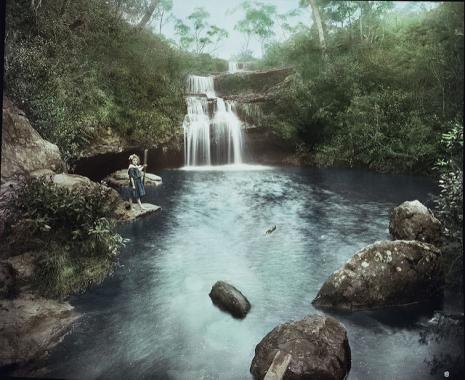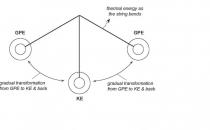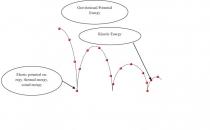
Forms of energy - Year 8 CLE

The CLE investigates the transformation of energy to different forms.
Description: In this investigation, different forms of energy and how they can be transformed from one form to another are investigated through examining the transformations involved in hydroelectricity. Students explore common ‘energy transformation’ devices and recognise that not all energy transformations are useful.
Learning intentions
Students will be able to:
- identify different forms (or types) of energy
- explain that one form of energy can be transformed into other forms
- represent an energy transformation with a flow diagram
- understand that any energy transformation involves some ‘waste’ or non-useful energy
- make accurate measurements
- construct appropriate representations that allow them to interpret and analyse the data
- identify patterns and relationships in data
- draw conclusions based on evidence.
Australian Curriculum v9 Codes: AC9S8U05 (Year 8)
Additional Information
A Connected Learning Experience (CLE) is a resource package designed to support the use of inquiry investigations in the classroom.
Each CLE may not encompass all the concepts and skills addressed in the specific content descriptions outlined by the Australian Curriculum: Science for that Year level. The Learning Intentions clearly define the aims and objectives of the CLE.
Year 8 Achievement Standard
This lesson sequence provides opportunities to gather information about students’ achievement of specific components in the standards (which are bolded in the statements below).
By the end of Year 8, students compare physical and chemical changes and use the particle model to explain and predict the properties and behaviours of substances. They identify different forms of energy and describe how energy transfers and transformations cause change in simple systems. They compare processes of rock formation, including the time scales involved. They analyse the relationship between structure and function at cell, organ and body system levels. Students examine the different science knowledge used in occupations. They explain how evidence has led to an improved understanding of a scientific idea and describe situations in which scientists collaborated to generate solutions to contemporary problems.
Students identify and construct questions and problems that they can investigate scientifically. They consider safety and ethics when planning investigations, including designing field or experimental methods. They identify variables to be changed, measured and controlled. Students construct representations of their data to reveal and analyse patterns and trends, and use these when justifying their conclusions. They explain how modifications to methods could improve the quality of their data and apply their own scientific knowledge and investigation findings to evaluate claims made by others. They use appropriate language and representations to communicate science ideas, methods and findings in a range of text types.
- Year 8 > Science Inquiry Skills > Communicating > Communicate ideas, findings and evidence-based solutions to problems using... > ACSIS148
- Year 8 > Science Inquiry Skills > Processing and analysing data and information > Construct and use a range of representations, including graphs, keys and models... > ACSIS144
- Year 8 > Science Understanding > Physical Sciences > Energy appears in different forms including movement (kinetic energy), heat and... > ACSSU155


